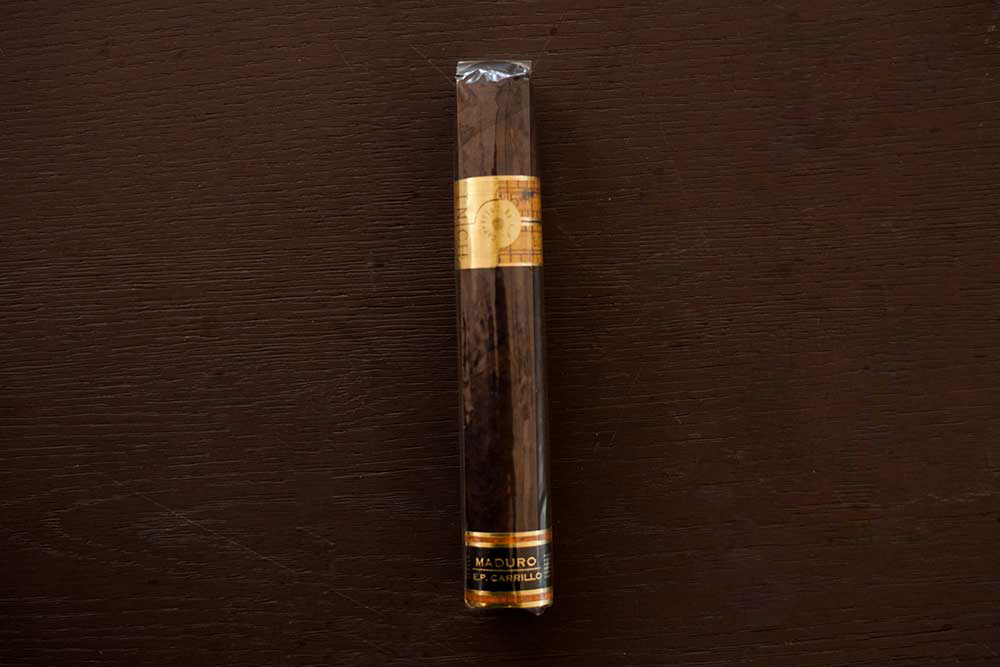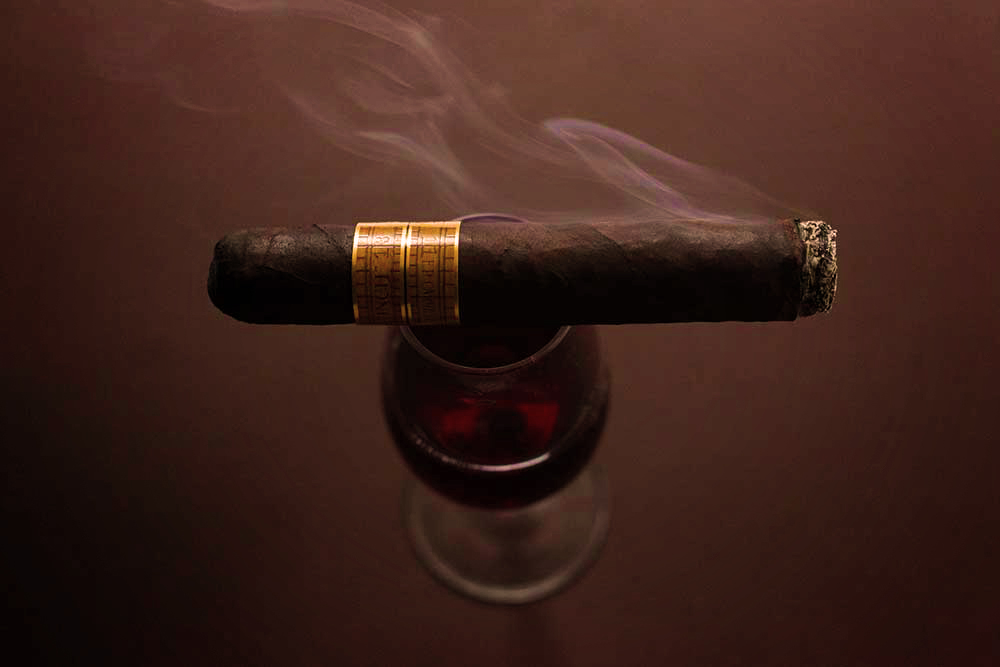EPC INCH No. 64 Maduro Pairing & Review
Posted by Francois Pistorius on 3rd Nov 2022
EPC INCH No. 64 Maduro Pairing & Review
Ernesto Carrillo produces the Inch Maduro cigars in the Dominican Republic. The blend has a Connecticut Broadleaf wrapper. Nicaraguan binder and fillers from Nicaragua and the Dominican Republic.
The EP Carrillo Inch Maduro No. 64 is a large, medium to full-bodied smoke rich with cocoa and coffee flavours. But with a balanced and sweet, spicy finish.
Masterfully handmade, the Cigar is a 64-ring gauge, precisely one Inch in diameter.
Copious flavour coats the palate, as strong yet smooth notes of pepper, roasted coffee, and musky earth mingle with sweetness. Medium to full, the INCH Maduro delivers loads of balanced flavour.
The man behind the original La Gloria Cubana franchise, Ernesto Perez Carrillo, debuted the E.P. Carrillo brand years ago. Ernesto has since built up an audience of boutique cigar enthusiasts. The popular Inch cigar has a sweet and succulent Connecticut Broadleaf Maduro wrapper. The cigar filler is a complex recipe of long-filler tobaccos from the Dominican Republic, Nicaragua, and Ecuador. Inch is a cigar for big ring gauge connoisseurs. The Cigar burns cool and slow, delivering a medium to full-bodied profile of dark cocoa with sweet, earthy spices.

Why is the Connecticut broadleaf so good?
Connecticut broadleaf grows as a squat, bushy plant. The leaves are broad, hence the name. The plants are stalk cut, and producers harvest the entire plant at once. After curing, the leaves get very dark. Broadleaf is among the prized wrapper leaves used to make many Maduro cigars.
It is a thick, oily wrapper.
Broadleaf is one of the most expensive tobaccos in the world. The leaf is much more labour-intensive than any other type of tobacco. It takes more labour time and has more waste. Add it all up, and you have an expensive piece of tobacco.
The tobacco is unattractive, expensive and hard to handle. So why do producers bother with broadleaf?
It has a lot of flavour.
Flavour distinguishes cigars.
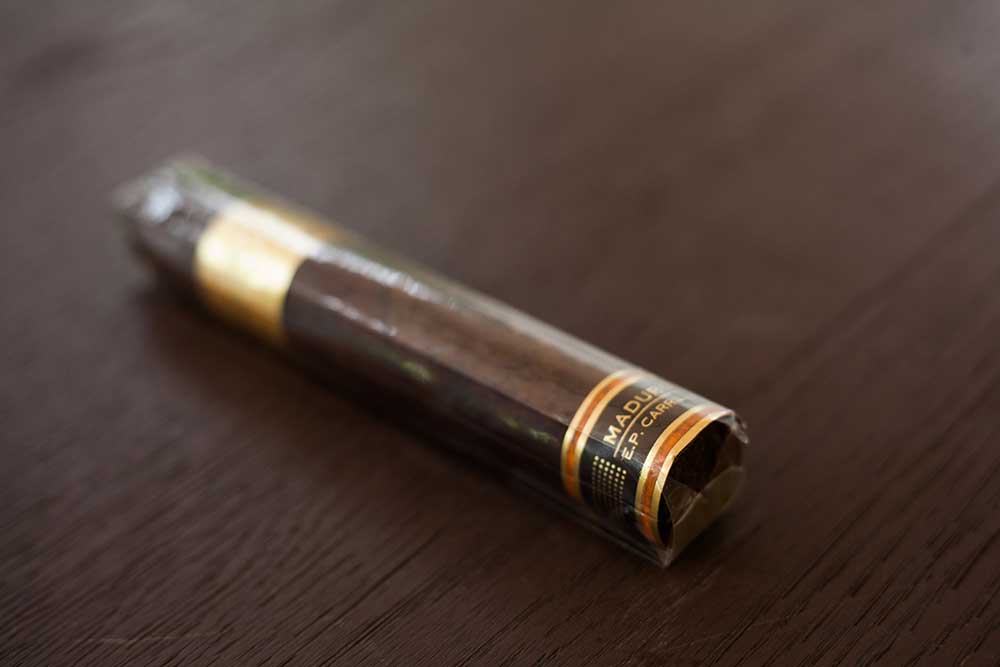
Ernesto Perez-Carrillo Early Years
The roots of the Perez-Carrillo family are in Cuba. Ernesto Sr. was born in 1904. He began learning about tobacco and cigars from his father, who rolled and sold penny cigars in the streets of Havana.
The Perez-Carrillo family became well-respected in Cuba. After working as a tobacco buyer for many years, Ernesto Sr. launched the family cigar business in 1948. He purchased El Credito, a small cigar factory in Havana. Ernesto Sr. served in the Cuban Senate in 1954 and 1958.
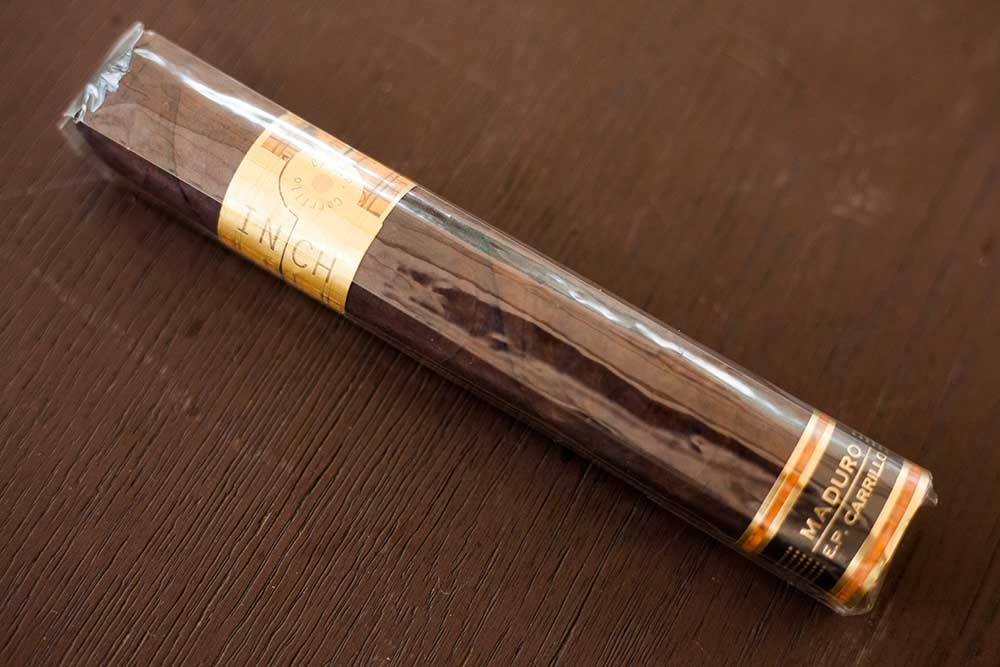
Havoc during the Cuban Revolution
As the Cuban Revolution started and Castro took control of Cuba, the Perez-Carrillo family's life changed forever. The Cuban authorities arrested Ernesto Sr. several times for his political beliefs. The government confiscated the family's properties, including the El Credito factory.
Fearing for their safety, the family fled to Miami. But Cuba did leave a lasting impression on Ernesto Perez-Carrillo.
"I remember when Castro came into Havana. I looked up in the sky and saw warplanes. Tanks were in the streets. It was a wild scene. I was only six at the time. I didn't think it was the end of the world, but there was a sense of insecurity." Ernesto Perez-Carrillo
The Master Blender and cigar maker wanted to move his family back to Cuba. It became clear that returning to Cuba was not going to happen. Ernesto Sr. focused on making Miami his home. He concentrated on his Cuban cigar talents to earn money.
He made cigars in Miami.
Nine years passed. Ernesto Sr. finally purchased a cigar factory in Little Havana, naming it El Credito.
Ernesto Perez-Carrillo had a passion for jazz, not cigars. Hustling from gig to gig, Ernesto showed determination to make it as a drummer. He dreamed of being a jazz drummer. At 25, he moved to New York City to try his luck. After failing to catch the attention of Stan Getz, he decided to return to Miami. It was the start of his journey as a cigar producer.
Ernesto and his father made cigars for the locals in Little Havana. In 1976 young Ernesto convinced his father not to sell El Credito. He shadowed his father learning to create cigars.
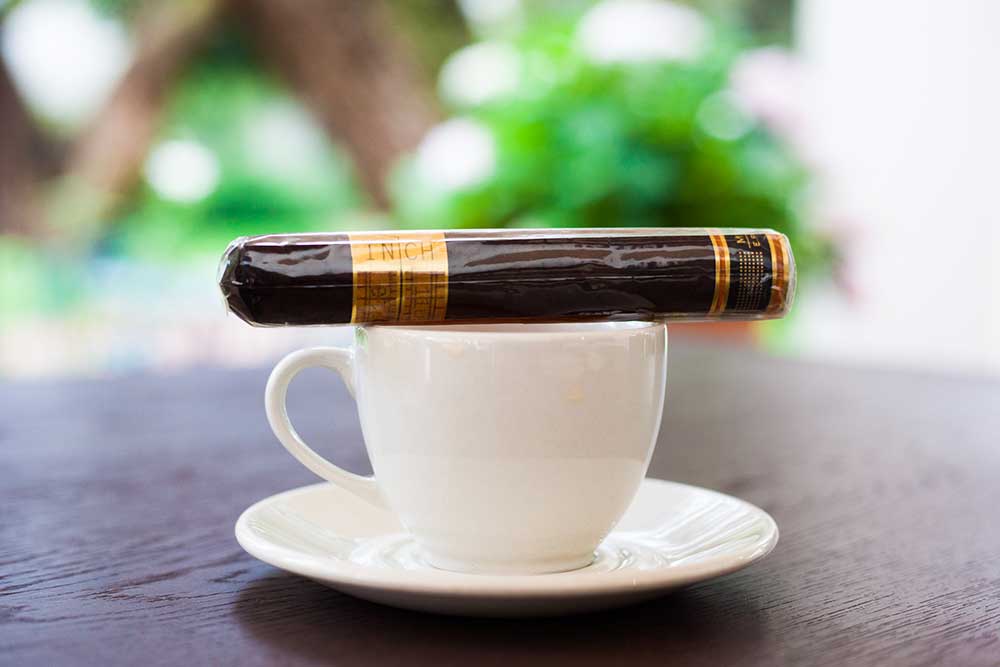
Ernesto Perez-Carrillo taking over the Business
His father passed away in 1980. At 29, Ernesto took over the reins of El Credito. Many financial difficulties followed. Bills piled up.
Demand for cigars at the time slumped. Ernesto's friends in the Miami cigar trade carried him through the tough times. They had confidence that his craft would succeed. And it did.
Today, Ernesto credits his father for teaching him all about cigars. He grew up in Cuba's prime growing region, the Vuelta Abajo. In Cuba, Ernesto began to appreciate the art of growing tobacco.
The most valuable lessons Ernesto learned:
- Dedication to work,
- Humility,
- Patience and respect.
These principles are behind each Cigar created by Master Blender Ernesto Perez-Carrillo.
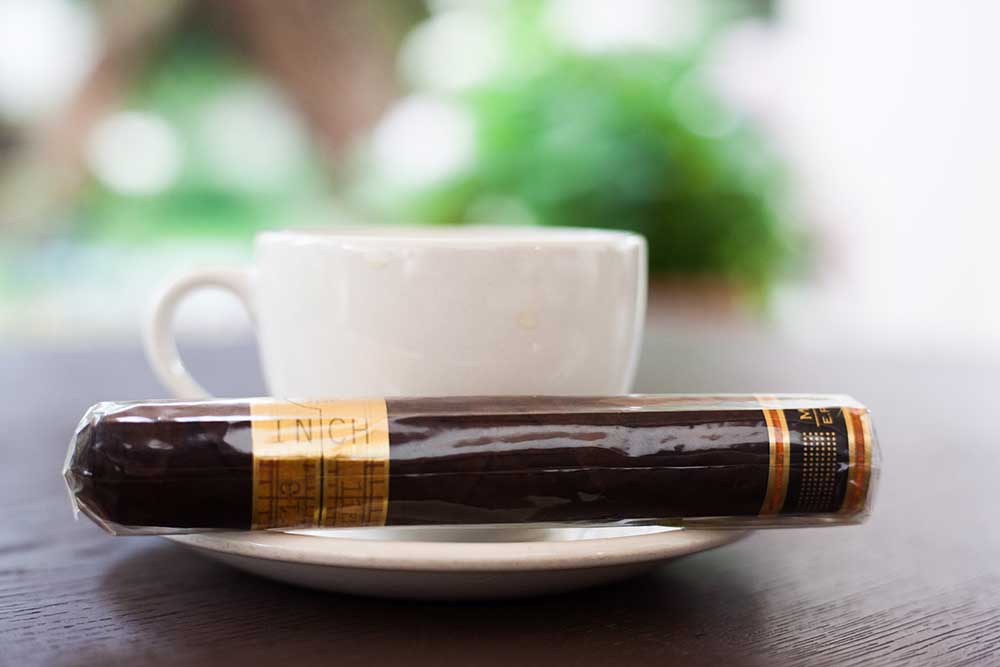
The Birth of E.P. Carrillo Cigars
After years of slow sales, Ernesto created a cigar that excited everyone. He made La Gloria Cubana. This overnight success was years in the making.
La Gloria Cubana achieved star status among Miami cigar smokers.
It all changed in 1992. The Miami-made Cigar outperformed established brands and its Cuban competitors. Four of the brand's nine cigars scored 90 or higher in the new Cigar Aficionado publication.
The La Gloria Cubana brand achieved fame in cigar circles during the early 1990s. The boutique brand went from selling a few thousand cigars to millions. The demand for the Cigar far outstripped supply.
The sale of El Credito
Then in 1999, Swedish Match purchased El Credito from the Perez-Carrillo family.
Ernesto's returned to the tobacco fields after working for Swedish Match /General Cigar until March 2009. It was time to create the next great Cigar.
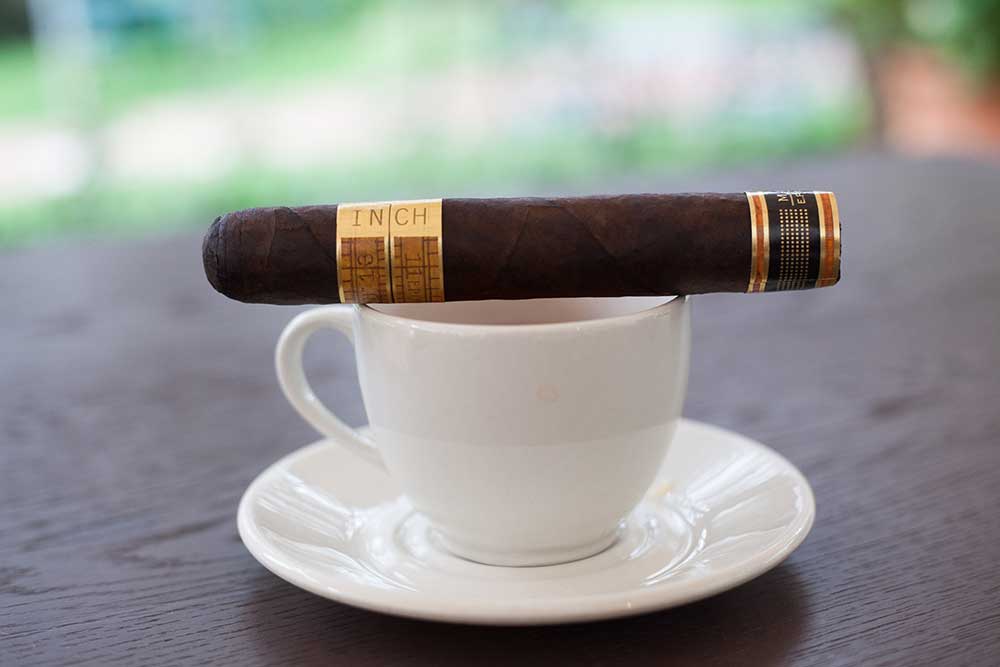
The Start of E.P. Carrillo
Ernesto dedicated himself to perfecting a family-run boutique brand. His son, Ernesto III and daughter, Lissette, joined him. Since the brand launch, the family has released several new blends.
Each combination offers a different complexity and strength. A cigar profile true to the family's ideals.
- Consistency,
- Tradition,
- Passion for perfection.
Today, E.P. Carrillo is a worldwide celebrated cigar brand.
"I smoke because I want to feel not just the senses around the palate but the whole body. When I tasted a Cuban Davidoff cigar in 1982, that's what I felt. And that experience is what I try to replicate in my cigars – a total sensuous smoke." Ernesto Perez-Carrillo
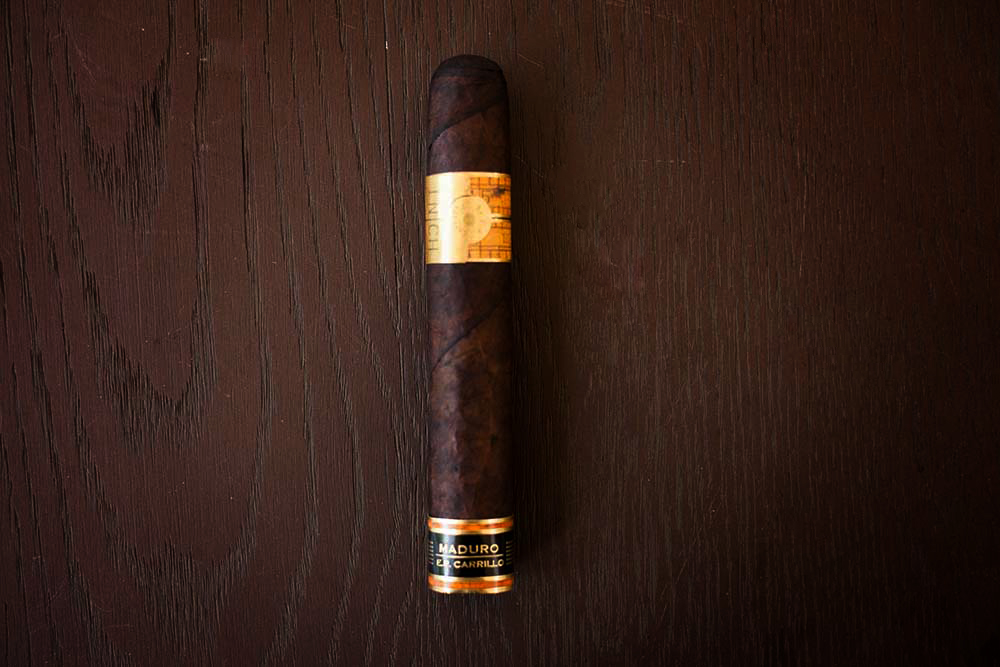
E.P. Carillo Worldwide
Dominican Republic | Nicaragua | Ecuador | Cuba
Dominican Republic
The primary tobacco-growing region in the Dominican Republic is the lush Cibao Valley. Many experts feel it has only one rival, Cuba's Vuelta Abajo region.
The Cibao mountain ranges surround the valley and Cibao river. It is an ideal setting for growing premium tobacco.
The soil is rich and deep. Afternoon breezes cool the air. Throughout the Dominican Republic, master blenders work with various premium tobaccos.
Ernesto Perez-Carrillo has deep roots in the Dominican Republic. His La Gloria Cubana cigar skyrocketed in the 1990s. That led to Ernesto needing more tobacco, so he turned to Dominican tobacco.
At one point, La Gloria Cubana's Torpedo was on backorder for 12 months. He selected a site in Santiago, Dominican Republic, as his second factory.
Ernesto chose the Dominican for the E.P. Carrillo factory. In April 2009, he signed a lease on a 40,000-square-foot building in Santiago's Zona Franca. Work started to create a dream factory named Tabacalera La Alianza.
At the Dominican factory:
- Tobacco ferments,
- Tobacco Ages
- Rollers make handmade cigars under the supervision of Ernesto.
All rollers roll the Cuban way. The rollers roll the cigars in a triple-cap method.
The desire to understand the intricacies of tobaccos worldwide drives Ernesto Perez-Carrillo's achievements.
"Each tobacco has its character. You have to treat each tobacco differently and understand how they work together,"
Ernesto Perez-Carrillo.
Nicaragua
Nicaragua's tobacco reputation results from the remarkable climate and soil.
There are three main tobacco-growing areas.
Esteli,
Condega,
And Jalapa.
Esteli and Condega are home to the majority of cigar production in Nicaragua. The towns are close to the Honduran border.
The towns boast lush fields of Cuban-seed tobacco. Esteli's black soil produces a full-flavoured dark leaf.
It is a rich leaf with full aromas, body and flavour.
Condega's tobacco is sun-grown and used for filler and binders. Each plays an integral role in the formation of Ernesto's unique blends.
Northeast of Esteli and Condega lies the Jalapa Valley. It is a remote valley in Nicaragua with exceptional tobacco.
The naturally-occurring minerals in the soil give the tobacco an earthy-sweet flavour.
Ecuador
The cigar industry scrambled to find Cuban wrapper alternatives during the 1960s. All due to the U.S. trade embargo with Cuba in the 1960s. Ernesto Perez-Carrillo found the alternative in Ecuador.
Due to more than 30 active volcanoes, Ecuador's ashy eruptions benefit tobacco. The volcanic ash helps create fertile soil, ripe for growing a premium tobacco leaf.
Many call Ecuador's tobacco "cloud grown" instead of "shade grown." due to the constant cloud cover. The natural protection from the sun creates a thin but firm tobacco leaf. It is a flavourful and natural coloured leaf.
Ernesto's Cuban roots and knowledge allowed him to find the leaves and tobacco to create his master blends. And, of course, premium cigars.
Let's move to the Cigar and wine pairing. The story is a round trip. From the rich soils of the Dominican to the soils of Alsace and the Cape Winelands.
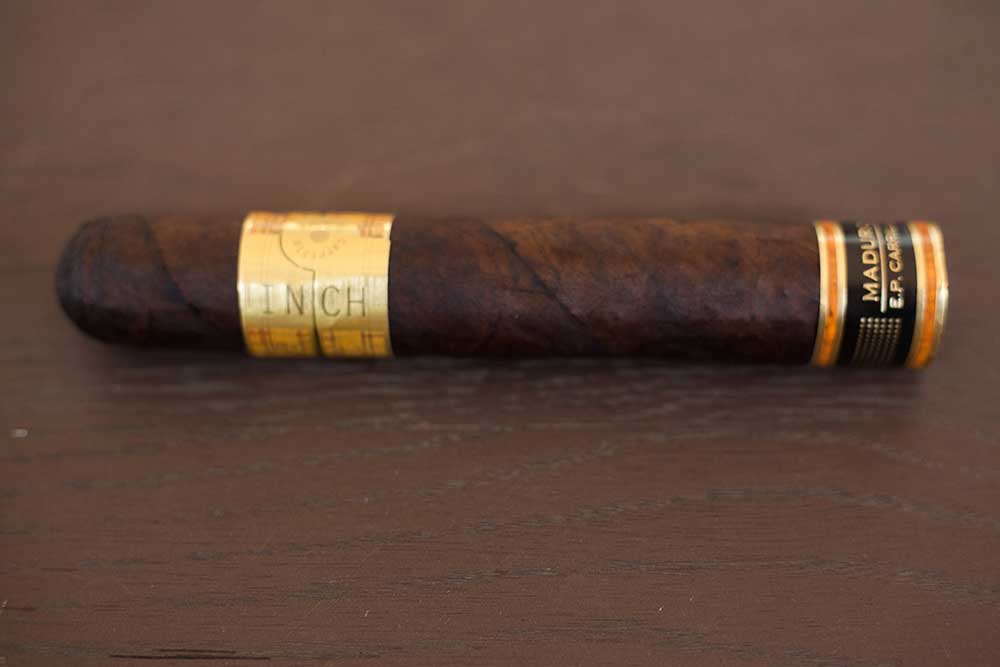
EPC INCH No. 64 Maduro Details
Gauge 64
Size (mm) 155
Wrapper Color Maduro
Wrapper USA Connecticut Broadleaf
Binder Nicaragua
Filler Nicaragua, Dominican Republic
Large ring gauge cigars are nothing new to Ernesto Perez-Carrillo. He was a pioneer in this area while producing cigars for La Gloria Cubana. In 2012, E.P. Carrillo introduced the INCH. The INCH series is a line focused on large ring cigars that are 60-ring gauge or above.
The INCH is a Maduro and a Natural blend. In 2014, EPC added a Corojo blend called the C-99.
Let's take a closer look at the INCH Maduro No. 64.
The blend consist of the following:
A Connecticut Broadleaf wrapper,
A Nicaraguan binder,
and Dominican fillers.
No. 64 was the largest in the line. But in 2013, they introduced the No. 70. A 7 x 70 gauge cigar.
Appearance-wise, in 2014, EPC added a footer band to the INCH series. The footer indicates whether the blend is a C-99 (Corojo), Natural, or Maduro.
The INCH Maduro delivers a classic Connecticut Broadleaf experience. The Cigar has notes of coffee, earth, and black pepper. The flavours are medium to full-bodied and medium to full strength.
There is a slight resistance on the draw. It is a positive on a big ring gauge as it prevents it from burning hot. The burn needed some occasional touch-ups, but nothing excessive.
The Inch is a cigar if you like big ring gauges and a classic Connecticut Broadleaf. For a 64-ring meter, this Cigar does its job well. It's worthy of a box split.
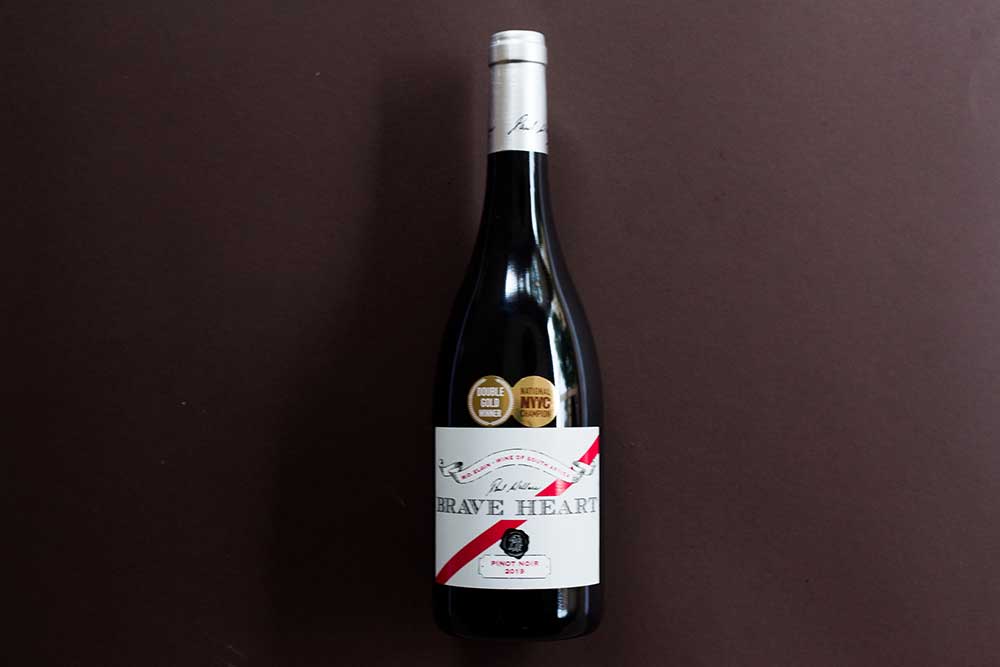
Paul Wallace Wines
Paul and Nicky Wallace purchased their 25-hectare farm in September 2003. They immediately set out to create a little piece of heaven. Paul is a viticultural consultant. He could finally practise what he advises in his vineyards.
Paul believes that the cool-climate region of Elgin is one of the most exciting wine regions in South Africa. An area best known for its apples and pears.
He replaced the Golden Delicious and Granny Smith orchards by planting:
Sauvignon Blanc,
Chardonnay,
Pinot Noir,
Malbec
And Cabernet Franc.
That changed the face of the farm. The area under vines is currently 12.5 hectares.
What to plant on the remaining four hectares of land is a debate at the dinner table.
It is a small family business. Paul oversees the vineyards, and Nicky holds the admin, sales and marketing together. Their youngest winemaker, son Bobby, has recently joined the team.
The farm offers three self-catering labourer's cottages accommodation. The existing farmworker's cottages have also received an extensive makeover. The fourth cottage is a charming tasting room open every Saturday from 10:30 am - 5 pm.
The family members host the tastings sharing stories of their wine journey and the quirky wine names.
If a Saturday doesn't suit you, visit the tasting room anytime during the week.
Sundays or Public Holidays, by prior arrangement.
Pairing bonus in the tasting room,
At the tasting room, they pair their wines with delicious Belgian chocolate.
The Wallovale Vineyards, the Home of Paul Wallace wines, is a piece of paradise.
It is an area surrounded by vineyards, natural dams, abundant bird life and unparalleled sunsets.
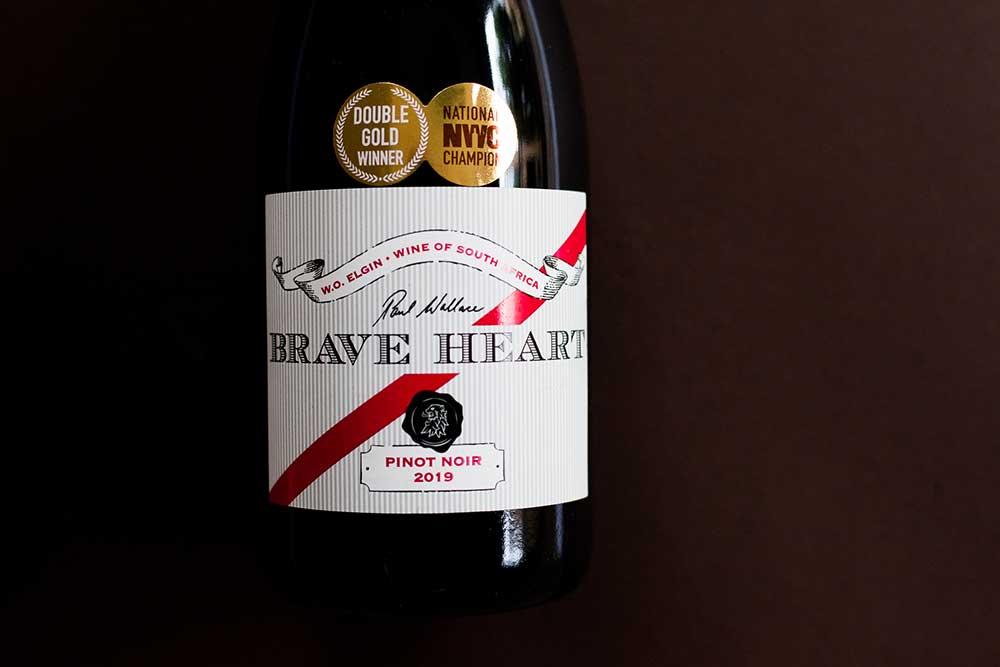
Paul Wallace Brave Heart Pinot Noir 2019
Winemaking: Wine of Origin Elgin
Alcohol 12.3%
Residual Sugar 1.8 g/l
pH 3.39
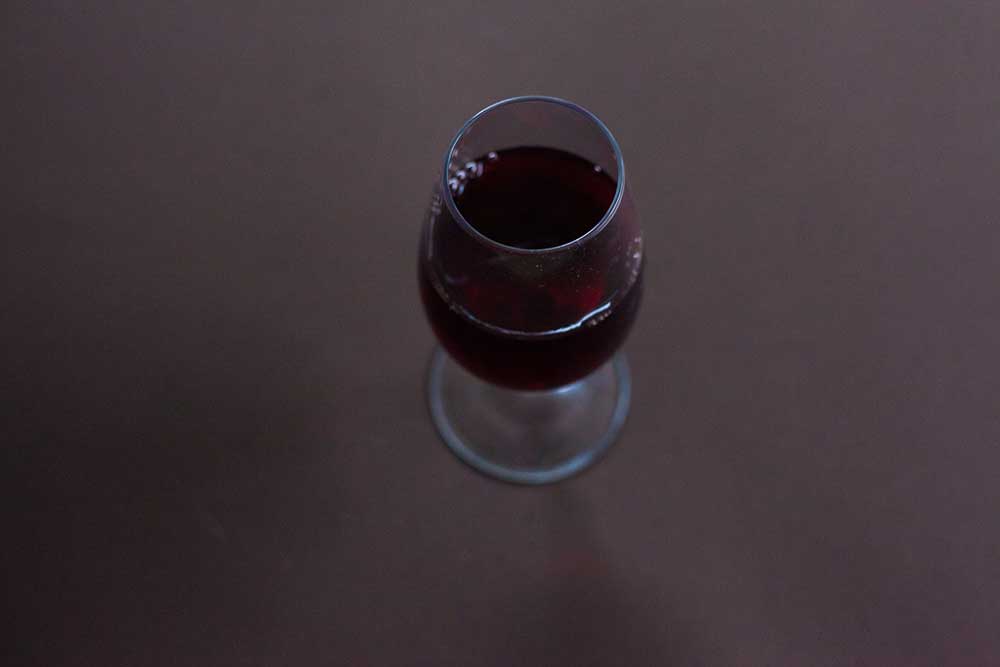
Brave Heart Pinot Noir Winemaking and Tasting Notes
The 20189 Paul Wallace Brave Heart Pinot Noir is the seventh vintage. The name is a tribute to William Wallace, a man of great principle and heart. Paul likes to believe he is one of his ancestors. It also plays on the Pinot Noir cultivar's nickname, the Heart Break grape.
Why?
Because Pinot Noir is a difficult grape.
A combination of factors makes the temperamental grape a farmer's headache. Pinot Noir's thin skin, tight clusters and late ripening all combine as obstacles.
The skin of a Pinot Noir Grape is one of the thinnest in the vineyard. The grape's thin skins have less bold colour and tannins than varietals like Cabernet Sauvignon.
The delicate skins also make the grapes susceptible to damage. Especially during temperature fluctuations. That can ruin the grapes before they ripen. These grapes can also fall to disease due to their tight clusters.
Pinot Noir does much better in cooler climates. The grapes often do best in sites that don't experience intense sunshine throughout the year. The grapes stay on the vine longer than other varietals making every day a gamble with finicky Pinot Noir.
But, the result when it works is a light red with a perfumed aroma and taste.
Fortunately, the Pinot Noir offering captures hearts.
Limited Production.
Only 10 barrels / 2148 litres
The Pinot Noir wine combines fresh grapes from two slopes on the Wallovale Vineyards.
It is a whole berry fermented process in open fermenters. It is basket pressed and taken to barrels where it completes malolactic fermentation.
Brave Heart Pinot Noir Maturation
Ten months on wood (20% new wood, 45% second fill, 35% third and fourth fill)
The Brave Heart Pinot Noir is bright, ruby red, enticing you to take a sip. It is a light red wine with fresh fruit and ripe red cherry scents. The Pinot Noir has fine silky tannins due to the subtle use of French oak and spicy undertones typical of the Elgin region. The fruit-driven palate has strawberries and hints of bay leaf on the nose.
The Brave Heart Pinot Noir is a versatile wine and will complement a wide range of foods. Serve the Pinot Noir wine slightly chilled.
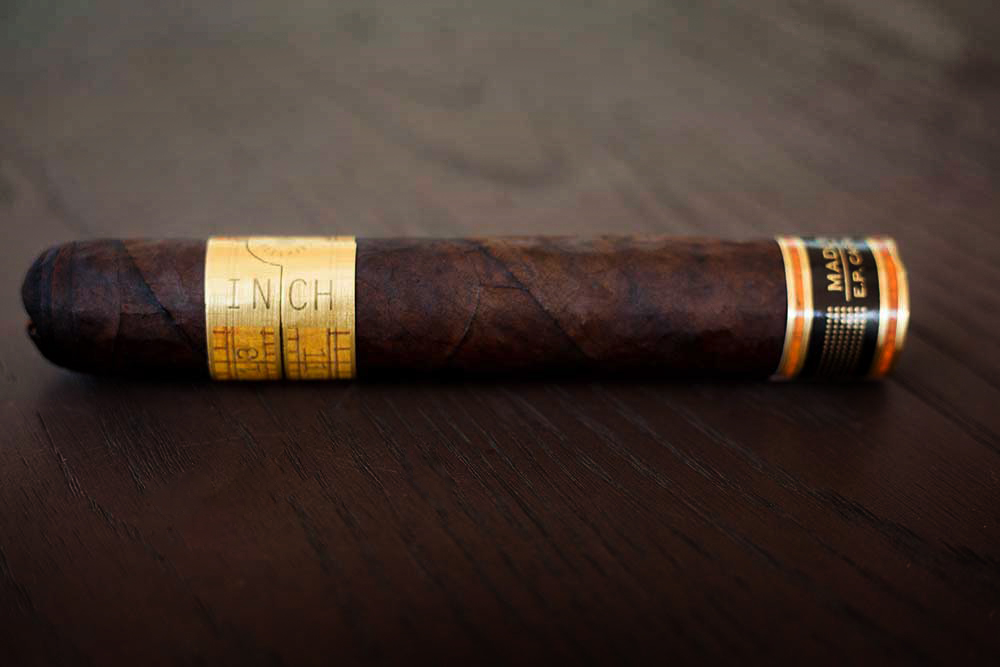
E.P. Carrillo Inch 64 Maduro Cigar Review
I usually avoid big ring gauge cigars. But the oily dark wrapper and royal-looking cigar made a perfect pairing.
Cigar Review: EPC INCH Maduro
Factory: Tabacalera La Alianza
Wrapper: Connecticut Broadleaf
Binder: Nicaragua
Filler: Nicaragua, Dominican Republic
Length: 8″
Ring Gauge: 58
Strength: Medium-Full

EPC INCH 64 Maduro Look
The band is reminiscent of a tape measure, and the gold foil has a finish that gives it a vintage look. A secondary band on the foot with black and gold named Maduro. The Connecticut Broadleaf wrapper has a chocolate hue and an oily sheen. It is a well-rolled cigar with no imperfections on the wrapper.
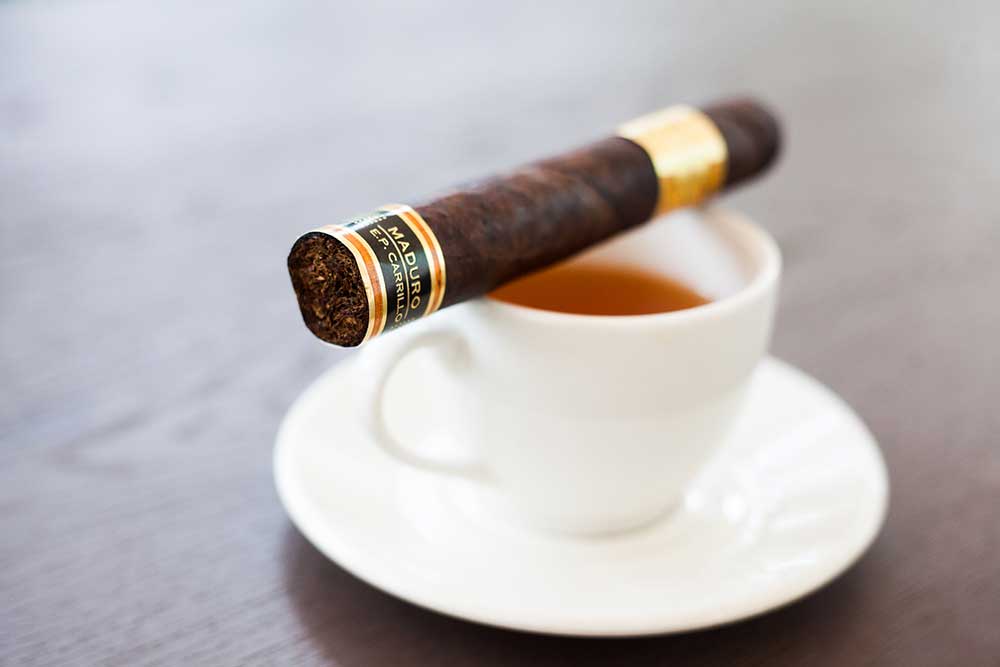
EPC INCH 64 Maduro Cold Aroma
Truffles
Cocoa powder
Dark chocolate
Herbal Meaty spice
Musky earthy aromas
Damp forest moisture scents
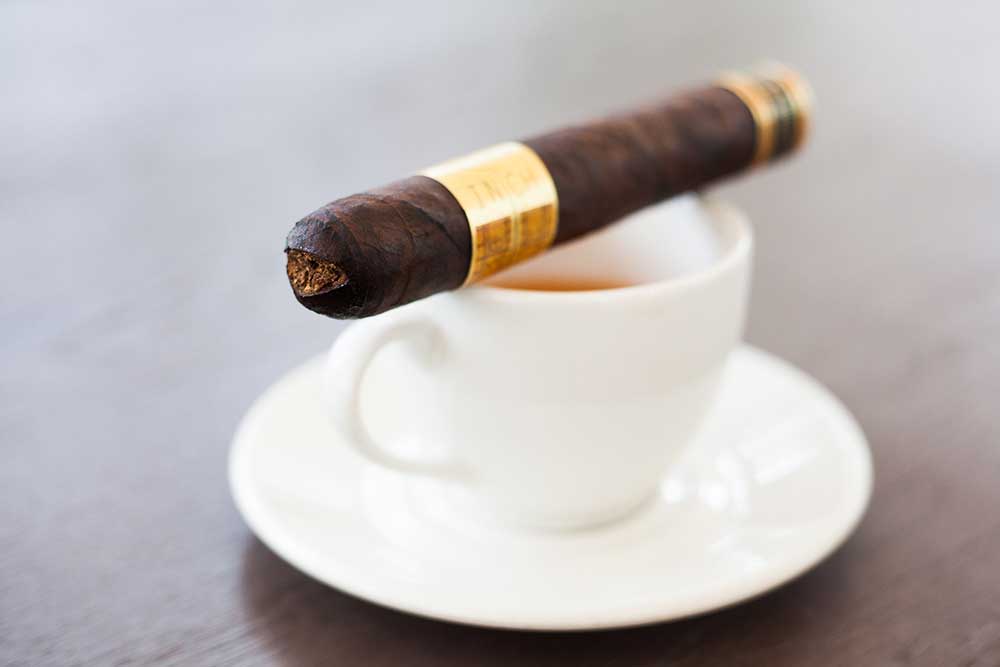
EPC INCH 64 Maduro Cold Draw
On the cold draw of the INCH 64, the initial notes are sweet and spicy. There are notes of dark chocolate with spice and hints of sweetness. The Cigar has prominent cocoa and musky earth aromas.
Spice
Red and white pepper
The draw is creamy smooth with perfect firm resistance.
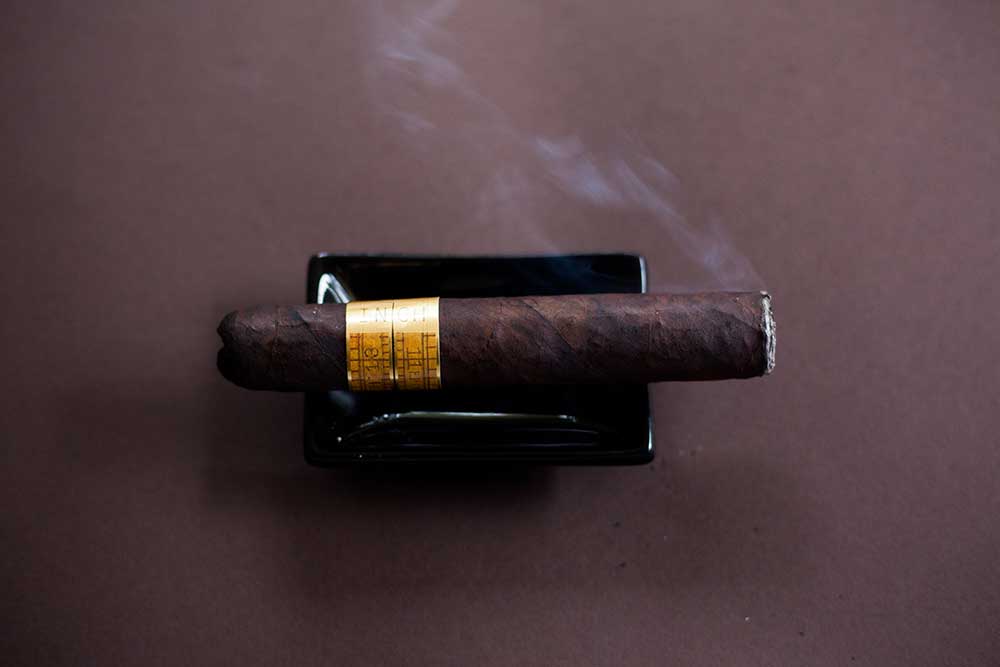
EPC INCH 64 Maduro First Puff
As you light up, the initial burst of white pepper subsides quick to give way to cocoa and spice. The cigar flavours progress with sweetness and notes of melted dark chocolate and expresso coffee.
Flavours:
Melted dark chocolate
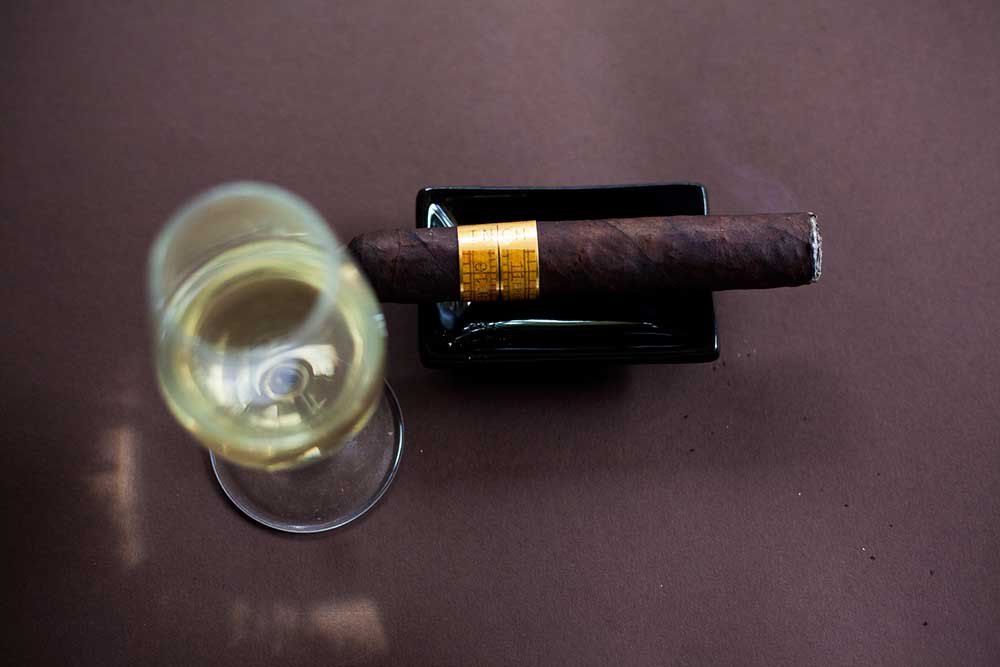
EPC INCH 64 Maduro Burning Aroma
The Cigar has aromas resembling roasting coffee. A mixture of burned caramel, espresso and dark chocolate.
The Cigar has loads of smoke volume from the first puff.
EPC INCH 64 Maduro Burn
There was a bit of a wavy burn at the start. But it settled quick into a very even burn. The draw offers good resistance, remaining constant throughout the Cigar.
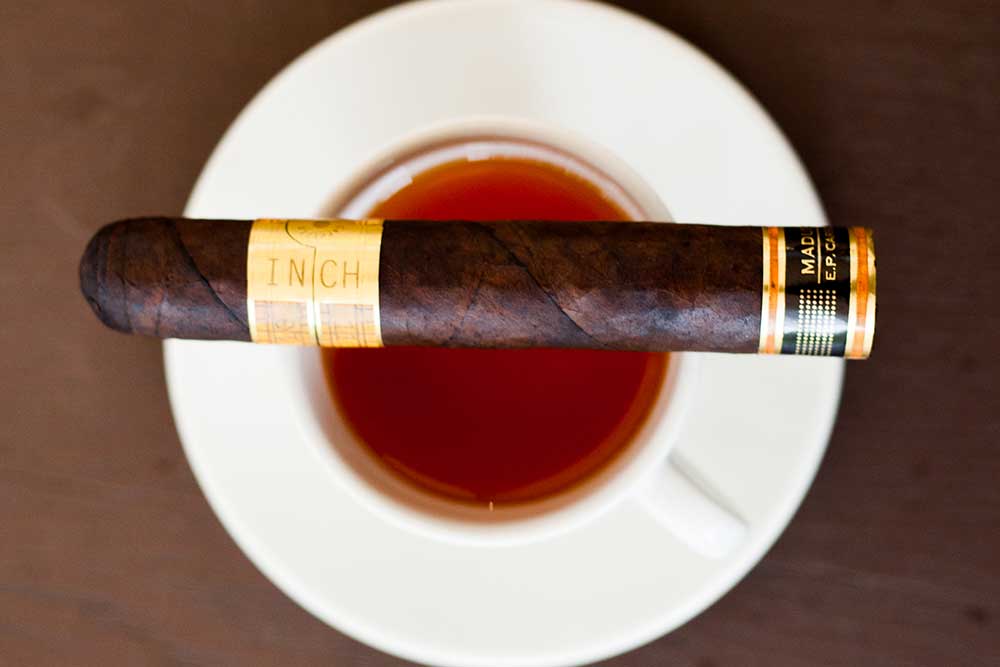
EPC INCH 64 Maduro Pairings
Rooibos tea
Rooibos tea has a natural sweetness and herbal taste. It's a great palate cleanser with a subtle sweetness to pair with a cigar.
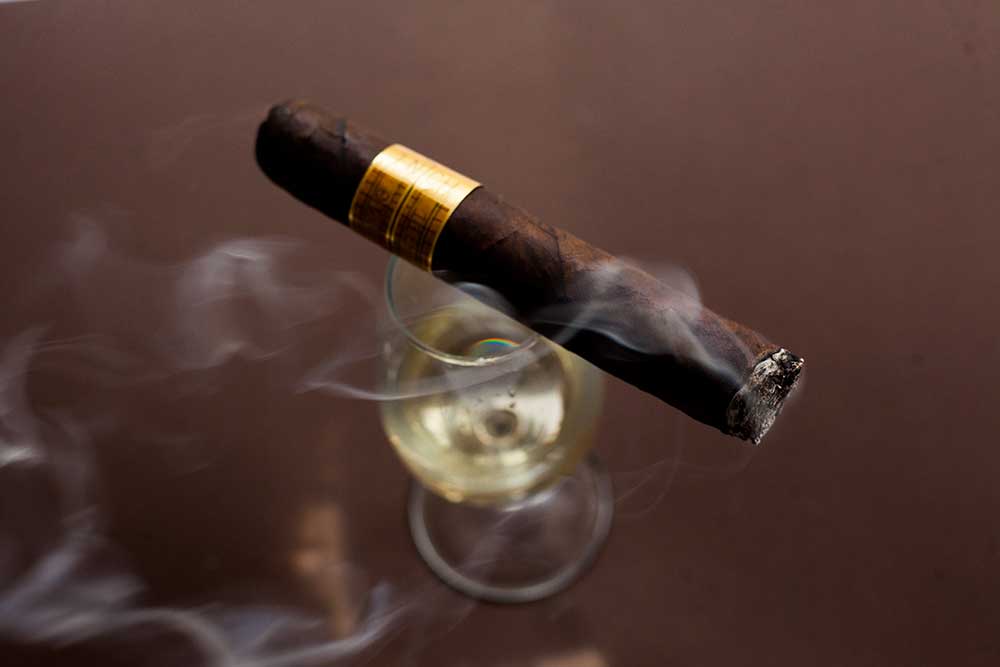
White Blend
A light fruity white blend
The white wine is summery with light acidity and a tropical fruit palate. An ideal wine for adding sweetness to a Maduro cigar.
The pairing combines pineapple and dark chocolate into blended flavours of a summer cocktail.
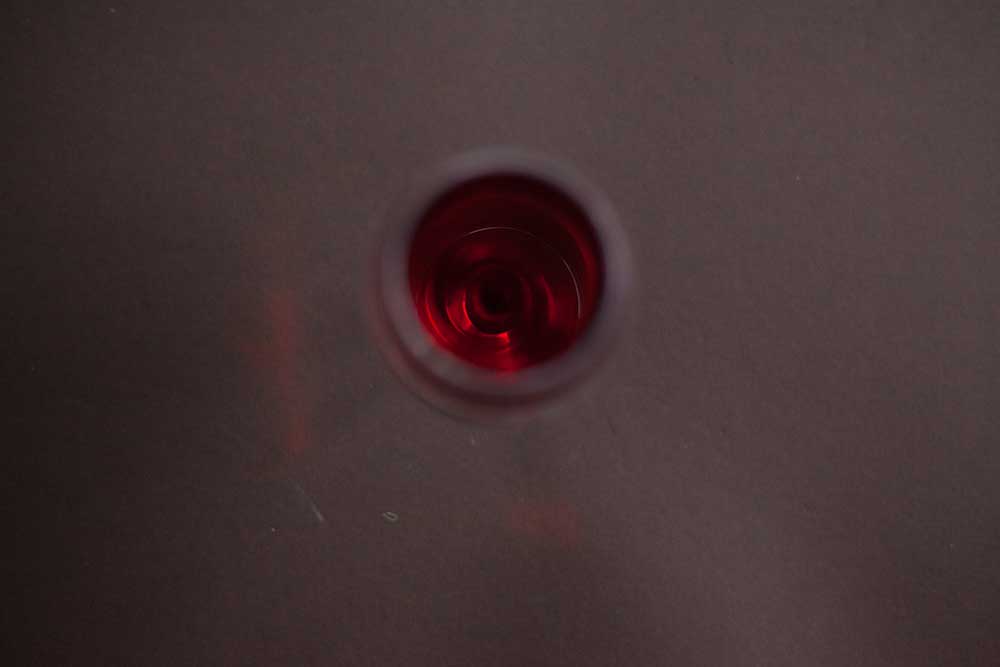
Paul Wallace Brave Heart Pinot Noir Aroma
Earthy
Floral
Aromatic
Damp wine cellar
Grape and Fruit skins
musky and perfumed
Cherries and strawberries
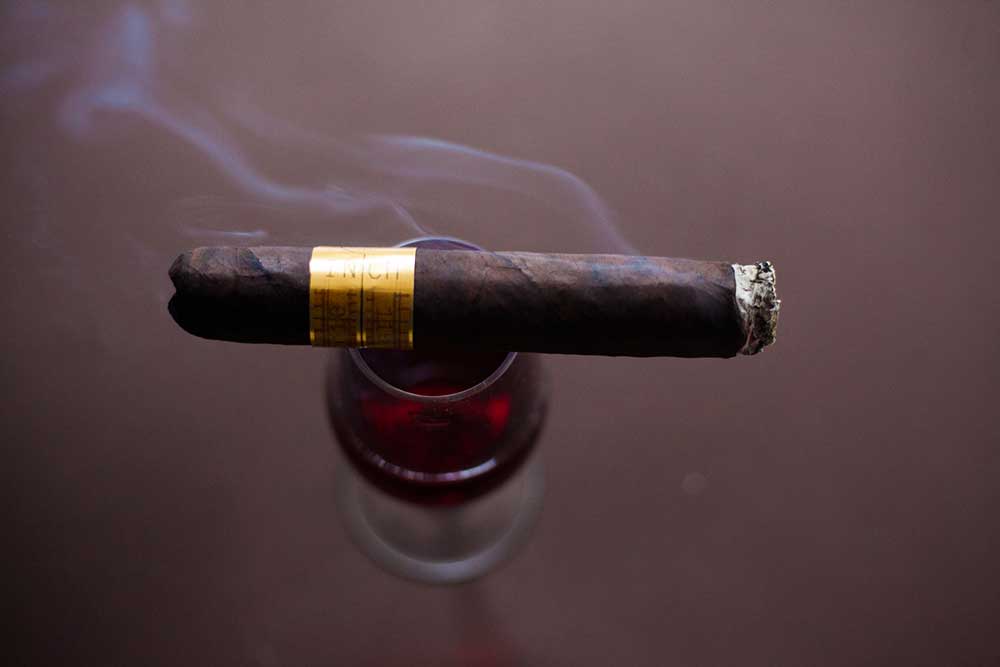
Paul Wallace Brave Heart Pinot Noir Taste
Cherries
Sweet dark red fruit
Fruity, Creamy light, acidic aftertaste
Light and floral strawberry tastes
As the wine warms, the Pinot Noir sips with meaty tastes. While the chilled Pinot Noir is fruitier with more prominent cherry flavours.
The pairing is a mixture of delicious melted dark chocolate and cherries. The pairing is fruity, creamy and rich. It is a combination of delicious fruit and cocoa flavours blended with spice.
The Brave Heart Pinot Noir is incredible. Every sip gets better.
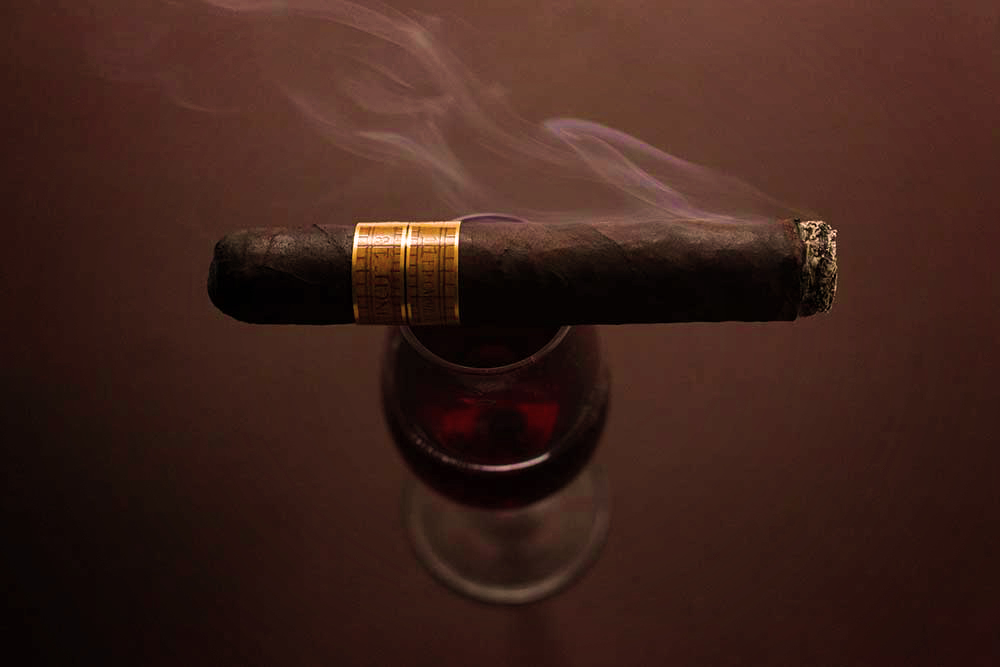
EPC INCH 64 Maduro Final
As the first third comes to a close, the coffee wins the race, as the leather begins to mellow some.
In the final part of the smoke, the cigar flavours remain consistent with solid notes of coffee and cocoa. The sweet and pepper spice qualities remain in the last part.
The last part of the Cigar moves from medium to medium-full strength. The white pepper on the retrohale remains, but the sweetness becomes even more subtle. The primary taste is that of coffee and melted chocolate sweetness.
The flavours become more prominent as the Cigar evolves. Smoking cold delivers more flavours.
A bite of something meaty or pasta with a meaty spiced sauce is ideal for coating your palate while enjoying the bold Cigar.
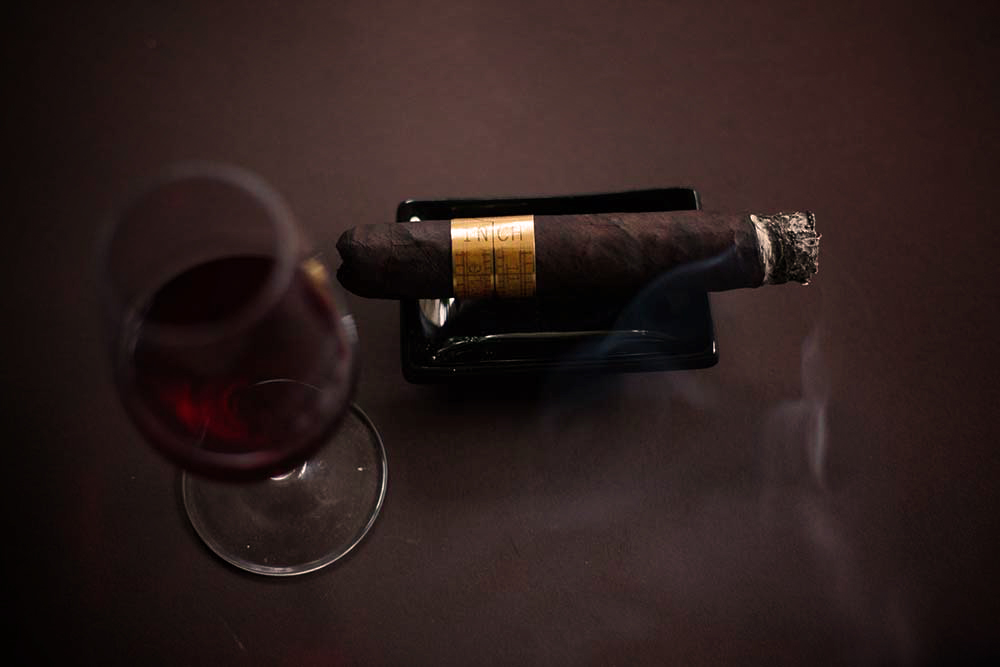
A few EPC INCH 64 Maduro Reviews
"Excellent"
"I love this dark oily, wrapped Cigar. Flavour is incredible, and flawless in draw and construction. Definitely in my top five."
"Fantastic"
"The construction is spot on, with excellent density and an easy draw. The flavour and strength are excellent. In the first Inch, I get a delightful and very pronounced sweetness, giving way to a nice white pepper zing. Robust and smooth."
"Unbelievably Good Cigar"
"It is a flavorful medium to a full-body cigar with an excellent burn."
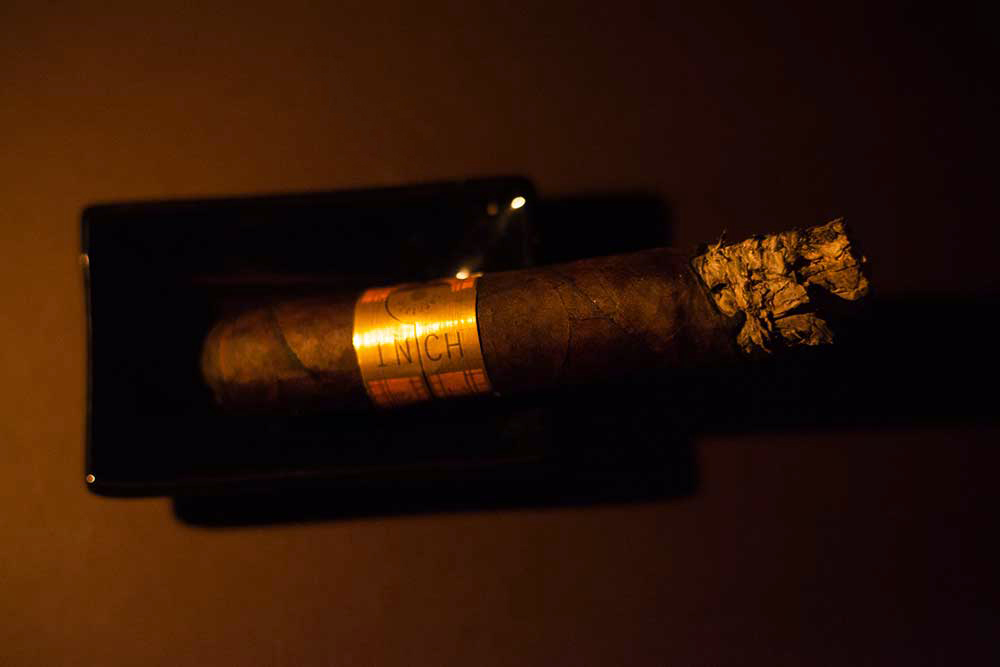
EPC INCH 64 Maduro Finish
Summary
Burn: Good ( Wavy at the start )
Draw: Excellent
Complexity: Medium
Strength: Medium to Full
Body: Medium to Full
Flavour: Rich and smooth
Finish: Good
The EPC INCH is a cigar that provides three hours or more of smoking pleasure.
A 3-hour experience, rich with flavours.
Robust, Rich and smooth.
It's a bold cigar with full, balanced flavours. Usually, I wouldn't pair a Pinot Noir with a cigar,
But the pairing is a winner.
The Pinot Noir from Elgin has enough complexity and fruit acidity to complement the Cigar's rich cocoa flavours.
The dark flavours are rich, with enough sweetness and spice. If you enjoy a large ring gauge cigar,
Try the EPC INCH 64 Maduro
Click the link below today to light up your EPC INCH 64 Maduro Cigar.
